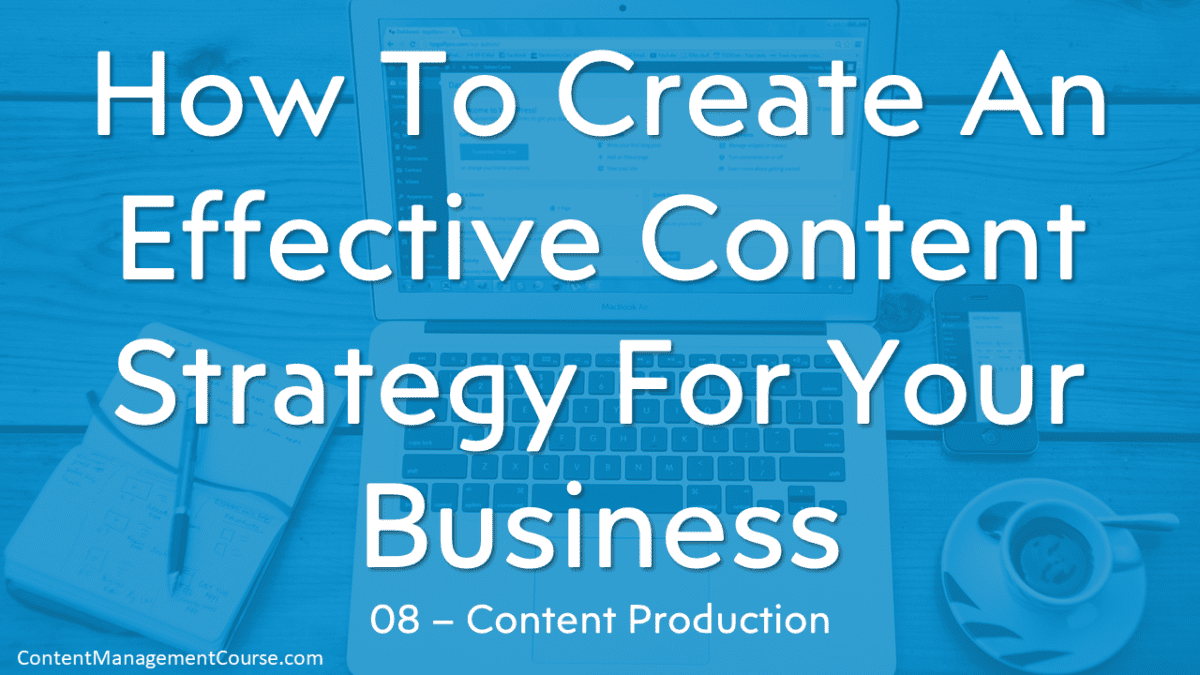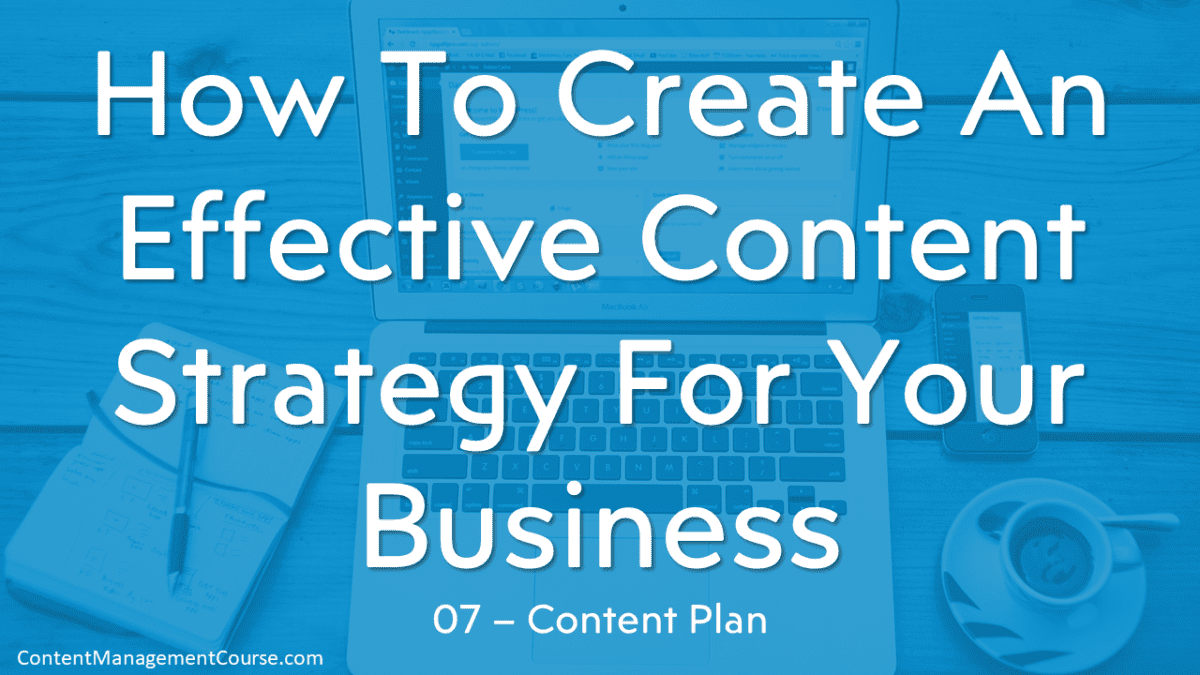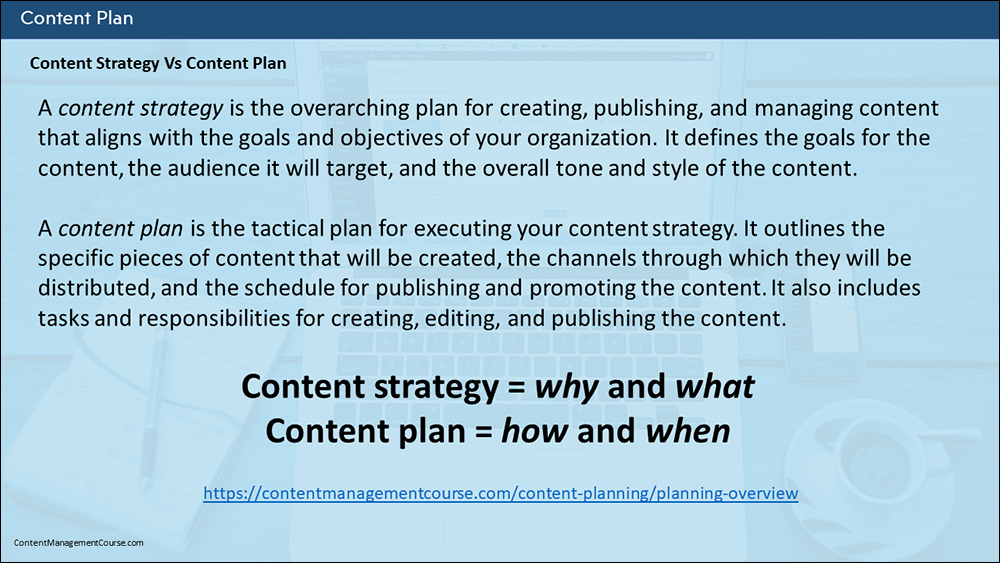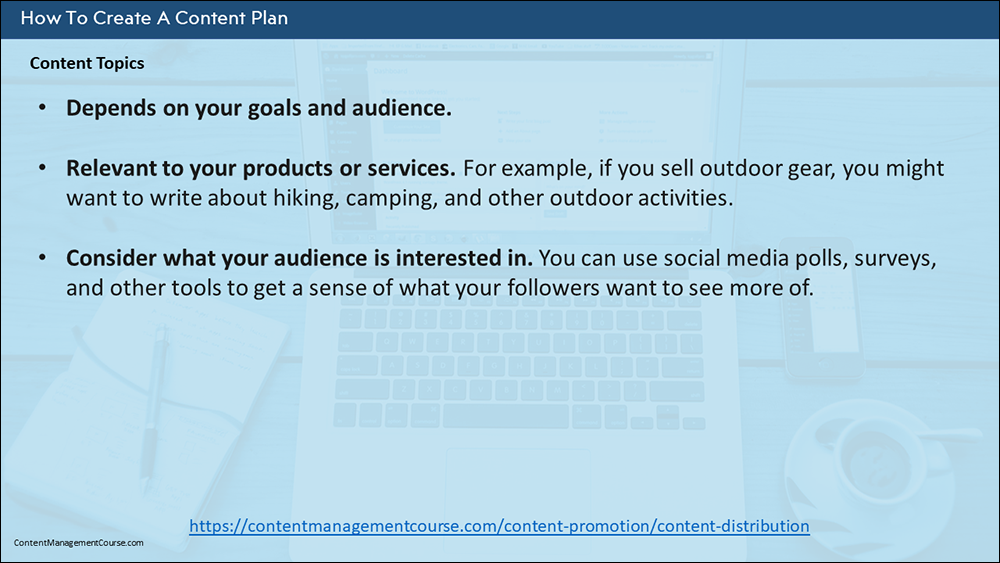News Release Traffic Formula – Part 4: Kash Method
Learn how to use news and press releases effectively to promote and grow your business. Part 4 of 8.
 This is Part 4 of our free News Release Traffic Formula video course.
This is Part 4 of our free News Release Traffic Formula video course.
In this lesson, you will learn the secret to getting multiple search result listings with every news release you distribute.
***
Watch the video lesson below or refer to the video transcript:
Video Transcript

Hello, and welcome to module 3 of the News Release Traffic Formula course.

In this lesson, we’ll go through the KASH formula, where you will learn the secret to getting multiple search result listings with every news release that you distribute.

Before I show you what the KASH formula is, and how this secret formula works, let’s talk a little bit about keyword research.

What I’m going to show you in this video, requires no keyword research tools, or complex SEO methods to help you rank well in the search engines.
So, forget about keyword tools or SEO algorithms, because you don’t need any of this stuff when you use the KASH method.
There is a really simple and powerful way to rank for multiple keywords in Google using news releases.

It’s all about…the Headline!
Most people have heard of the 80-20 rule, which is also known as The Pareto principle.
80% of your results will come from the keywords used in your news release headline.
With news releases, the headline is what helps you rank higher in the search engines, and the content of your news release is what turns readers into leads.
So, focus on the headline for search engines, and focus on the content, for leads.

In a previous lesson, we talked about targeting low-hanging fruit keywords that you can easily rank for.
SEO experts call these low-hanging keywords, long-tail keywords.
Let me show you an example of a short-tail keyword versus a long-tail keyword.
Let’s say that your business is repairing laptops. If your business came up in the number 1 spot in Google when people type in a keyword like “laptop repair”, you would probably get a ton of traffic. The problem is that everyone in the laptop repair business also wants to be number 1 for this keyword, so you have to compete with everyone else, especially against big companies with big marketing budgets.
You have a much better chance of getting to the top of Google if you focus on ranking for a longer keyword with things like the brand name, model, and the name of your town city, or suburb included in the keyword phrase.
So, for example, if your business is located in a town called Springfield, and you repair Dell laptops, then a long tail keyword that you could target would be, “dell inspiron 3565-A453 laptop screen repair springfield”.
Long-tail keywords have less competition and are much easier to rank for.
They also tend to be keywords that users search for when they are ready to buy something or solve a specific problem. So, people who search for long-tail keywords, are more likely to be targeted prospects.
So, the first rule of the KASH formula is to target low-hanging fruit keywords in your news release headline, that you can easily rank for.

In our previous training module, we talked about targeting lots of low-hanging-fruit keywords, with low-to-medium competition, that attract a little bit of traffic each, as the best way to compete against big companies with big marketing budgets, who are aggressively targeting those more competitive keywords.
For example, we saw that if you can rank well for 50 targeted long-tail keywords that send you just 10 visitors per month each, this would increase your traffic by 500 visitors per month.
Likewise, if you could rank well for 100 targeted long-tail keywords that send you just 30 visitors per month each, this would increase your traffic by 3,000 visitors per month.
Let’s assume that your strategy then, falls somewhere in between these figures and that only 1 out of every 100 visitors contacts you for more information, or fills out an inquiry form when they visit. This would still give you between 5 and 30 new business leads per month.
Ranking for lots of “low-hanging fruit” keyword phrases, then, can be very effective at driving more leads to your business. It can also boost your ranking for more competitive keywords!

The other rule or principle of the KASH formula is not to put all your eggs in one basket.
In other words, don’t focus on the one keyword you want to rank for. Create as many keyword combinations as you can fit on your news release headline!
The intention behind this strategy is that we want to target low-hanging fruit with low competition and stack as many combinations of these keywords as we can, in our headlines.
I’m going to show you what this looks like in just a moment. What’s important to understand right now, is that you don’t need any expensive or fancy tools for this.
The only tool you need is 100% free, and you already own it.

It’s called…your brain!
Let me show you how to use this powerful tool with the KASH method.
To understand the power of the KASH method, let’s start by looking at some typical news or press release headlines.

Here are three actual press release headlines.
The first headline reads, Pizza Hut launches new pizza and gifts for the holidays.
The second headline says, RefToken Announces The Launch Of A New Cryptocurrency.
The third headline says, Drucker and Falk Named as One Of America’s Best Places To Work In Property Management.
These press release headlines were crafted by experienced marketing professionals, and they were written for well-known companies. So, if you were to hire an experienced marketing agency to create a professional news release for your business, they would probably write you headlines that look something like these.
Now, what’s wrong with these headlines?
Well, there is nothing actually wrong with these headlines. These are press release headlines created by experienced marketing professionals.
But, let’s take a closer look at these headlines, and see how many useful keywords each of these headlines actually contain.

If we focus only on the keywords that search engines will pick up on, you can see that there are not many useful keywords in each headline.
In the first headline, for example, we have the brand name Pizza Hut and the keyword pizza. The words launches, new, and, for, and the are generic, so they’re really not useful for getting ranked in search engines.
What about the words gifts, and holidays, is this something that people searching online associate with pizza?
How many people search online for Pizza gifts or Pizza Hut holidays? Not many.
So, in this headline, the only real useful words, are Pizza Hut, and pizza.
In the second headline, if we cross out all of the generic words, all we’re left with is the company name RefToken, and the word cryptocurrency.
The third headline is pretty much the same thing. Cross out all the generic keywords, and all you have left is the name of the business, Drucker and Falk, and Property Management.
So, in terms of SEO, the only useful keyword phrases that would rank in Google for these three press releases, would be Pizza Hut pizza, RefToken cryptocurrency, and Drucker and Falk property management.
Now, let’s compare these typical press release headlines with the KASH formula.

KASH stands for Keyword Stacked Headlines.
The examples I’m going to show you now are all from actual clients. You will see that they all use a unique method that is very different from the method that most press release writers use.
In fact, most press release writers don’t even know about the KASH method.

Let me show you three different news release headlines that I created for three different types of businesses, all using the KASH formula.
Hopefully, you will see that regardless of what type of business you run, you can also get the same types of results as these businesses have been getting.

The first client owns a pizza restaurant.
This restaurant is located in Sydney, Australia, and delivers pizzas to homes in the Sydney suburbs of Newtown, Enmore, Stanmore, Sydenham, and Camperdown.
So, we created a news release with the keyword-stacked headline Newtown Pizza Home Delivery To Enmore, Stanmore, Sydenham & Camperdown Launched.

If we ignore everything else in this news release but the headline, and focus on how many useful search engine keywords we were able to fit into the headline, then here are the results we got with just one news release.
First, let’s remove the generic word to, the & symbol used for the word and, and the generic word “launched”.
We are now left with a number of useful search engine keywords like Newtown, Pizza, Home Delivery, Enmore, Stanmore, Sydenham, and Camperdown.
With these words, we can generate lots of different useful combinations that Google will then pick up from this headline.
For example, here we have, Newtown Pizza, Newtown Pizza Delivery, Newtown Delivery Pizza, Newtown Pizza Home Delivery, and Newtown Home Delivery Pizza.
And the same for all the other different suburbs.
Enmore Pizza, Enmore Delivery Pizza, Stanmore Pizza Home Delivery, Stanmore Pizza Delivery, Camperdown Delivery Pizza, Camperdown Home Delivery Pizza, Sydenham Pizza Home Delivery, Sydenham Pizza Delivery, and so on.
It doesn’t matter what order the words are in. As long as they appear in the headline, Google will pick it up.
So, with words like Pizza Home Delivery, we can create additional word combinations like Home Delivery, Pizza Delivery, Home Delivery Pizza, etc.
We can also create all different combinations and permutations for each of the Suburb words in our headline. In this example, words like Newtown, Sydenham, Enmore, Stanmore, and Camperdown.
So, what kind of results did the client get with this news release?

Well, as you can see here, Google picked up the news release from over 300 news outlets less than 9 hours after we sent the news release out, and began ranking Sergio’s Pizzeria for all these keyword combinations.

Sergio’s Pizzeria not only started ranking in Google for all the keyword combinations in the news release headline, but the restaurant also got a boost in Google Maps, and search listings for neighboring areas, like the suburb of Saint Peters, which is near the restaurant’s location.

If we come back and compare the regular headlines that most PR companies create for their clients with the KASH formula headline, you can see just how powerful the KASH formula is.
Look at the headlines we created for the first two news releases that were sent out for Sergio’s Pizzeria.
Here, I’ve underlined all the keywords that Google will rank these news releases for.
With the bottom headline, for example, combining the words, creates many long-tail keywords like Newtown Woodfired Pizza Restaurant, Newtown Italian Pizza Restaurant, Newtown Authentic Italian Woodfired Pizza Restaurant, Authentic Italian Cuisine Restaurant Newtown, Newtown Woodfired Pizza Menu, and so on.
All these combinations got ranked in Google for this news release.
Notice too, that although this headline is designed to help the news release rank for many different search terms, it still makes sense to anyone reading it.
The secret to creating a successful KASH headline is to use your brain to create a headline that contains as many relevant search keywords as you can fit, and as few generic words as possible, while also making sense to anyone reading it.
Let’s move on, and take a look at the next case study.

Here is another example of a KASH headline that we created for a client who runs a property investment company.

Using the KASH formula to create the headline, the client began ranking in Google for all of these keyword phrases, with just a single news release.
All these keyword phrases are just combinations and permutations of the keywords used in the headline.

With only 4 news releases, this company was ranking in Google for dozens of low-hanging fruit keywords. Some of these keywords get no traffic, but some do.
If you remember what we talked about earlier, we want the cumulative effect of dominating lots of keywords that get a little traffic each.
So, if just some of these keywords get some traffic each month, this can translate to hundreds – possibly even thousands, of new targeted visitors, and a number of new leads every month.

Here are the results that Mirren Investment Properties got after sending out their news release.

In less than 24 hours, they were showing up all over the place in Google’s search listings.
You can see here, the cumulative effect of publishing news releases on a regular basis. You not only get to rank fast, but you can also start taking over multiple listing spots for multiple keywords and give your site a boost in places like Google maps and featured sections.
The idea behind the KASH formula, then, is to use news releases to throw a deep and wide net, to try and automatically catch loads of low-hanging-fruit keywords that no one else is even thinking of targeting!
You can also combine news releases with strategies like article writing, and paid advertising, to systematically start going after more competitive keywords.

Let’s take a look at one more example of using the KASH headline formula, and then I’ll take you through an example of how you can use the KASH formula to build headlines for your own business.

As you can see here, this news release got ranked in Google for over four hundred and eighty keywords. It also ranked number 1 for 285 keyword phrases and was in the top ten for over 420 keywords.

This screenshot from the Keyword Rankings report shows all the keywords that this news release ranked number 1 for.
I hope you’re starting to get excited! I know I was when I first discovered this method and started using it to get results.

Now that you understand how the KASH formula works, let’s go through an exercise to create a keyword-stacked headline of your own.
Remember, all you need is your brain.
For this example, we’ll create a news release headline for a dentist or a dental clinic in the suburb of Rouse Hill.
Here’s how we might start the process.
Open your browser and go to Google Maps and type in the type of business that you own, and the area where you operate in.
In this example, we’ll type in dentist rouse hill.

Now, it doesn’t matter if you’re already listed. We want to make sure that you stay ranked not just for this search phrase, but for many other related search phrases as well.

So, the first step that I recommend you take, is to make a list of all the neighboring suburbs or towns that you want to target for potential customers in your business.
In this example, our client operates their dental practice in Rouse Hill, but you can see from this map, that they can also target customers in neighboring areas like Riverstone, Schofields, Annangrove, Kellyville, and more!
So, write down or type in the names of all these suburbs or locations where you can target people for your business into your notepad or a text file.

The next thing we want to do is use Google’s own keyword suggestion tool to find more related keywords.
So, go to Google, and type in your keyword. For our example, we’ll type in dentist rouse hill.
This brings up a number of related keyword suggestions.
Look at the list, pick any suggestions that make sense to you, and add them to your KASH list.
Also, as you go through the exercise, add any other keywords that come to your mind.
So, for this example, some of the keywords you can see that I have added to my KASH list, include words like Dentist, Rouse Hill, Emergency, Children’s, Bulk Billing, Family, Dental, Care, and 7-Day.
Also…Clinic, Orthodontist, Implants, Open Weekend, Open Saturday, and so on.
Okay, so far so good.
Now, we have a list of related keywords, and neighboring areas and surroundings.
After just a few minutes of brainstorming, you should have enough keywords on your list to make up some great KASH headlines.
Here are just some examples of KASH headlines that we could create using the list of keywords that we’ve built in this example.
Rouse Hill Dentist Launches 7-Day Emergency Family and Childrens Kellyville Dental Care Clinic
or…
Weekend Emergency Dental Care Clinic Open For Rouse Hill Kellyville and Riverstone Children.
Now, how many keywords could we rank for in Google with these headlines?
Let’s take a quick look.

Here are just some of the keywords we would rank for with this headline.
As you can see, there are over 50 keyword phrases in this headline that someone searching online for a dentist in this area could type in.
Sending out a news release with this headline would not only get you ranked for all these keywords, but it could also result in hundreds of new visitors each month and new customers for your dental clinic.
To rank for these many keywords, you would have to write and publish dozens of articles or bid on dozens of keywords in Google Ads, and none of this dentist’s competitors are even targeting all of these keywords.

The same thing applies with the other headline that we created for this dental clinic.
So, publishing a news release with a headline like Weekend Emergency Dental Care Clinic Open For Rouse Hill Kellyville and Riverstone Children would get your business ranked for dozens or even hundreds of related keywords like the ones shown here.
And all it took to come up with two news release headline ideas that would get your business ranked for hundreds of keywords that can send you more traffic, and new leads each month was a few minutes of using your brain.

So, let’s recap the main points of using the KASH Formula.
- Focus most of your time and effort on your headline. Remember the 80-20 rule.
- Target long-tail keywords that are easier to rank for.
- Use your brain to create a list. You don’t need keyword or SEO tools for this.
- Stack as many relevant keywords as you can fit into your headline.
- Use as few generic words as possible. You can create a headline for search engines that makes perfect sense for humans, using a single word like “Launched” or “Announced”.
- And finally, just rinse and repeat this process with every news release that you write and distribute.

If you apply this secret KASH formula to news releases, you could start ranking immediately for dozens or even hundreds of keywords in the search engines.
And you can start seeing search results in multiple listings for multiple keywords, in as little as 24 to 48 hours after sending out each press release.

This brings us to the end of module 3.
In the next module, we’ll look at the Content Formula, where I’ll show you how to structure your news release for maximum traffic and results!
Thank you for watching this video, and I’ll see you in the next lesson.
Resources
Press Release Distribution Services
- EIN Presswire– Use this press release distribution service to reach a global audience through a vast network of media contacts and partnerships.
- eReleases – A reliable press release distribution service with a vast network of media contacts that can help you reach a large audience, build brand awareness, and improve your online reputation.
- 24-7 Press Release – A reliable and cost-effective press release distribution service that offers affordable pricing options for businesses of all sizes.
Downloads
Submit more effective press and news releases using the downloadable resources below (no registration required):
Tutorials
See the following lessons and tutorials for more information about the topics covered in this video lesson:
***
Image: News, Music Bensound
 This is Part 7 of our free News Release Traffic Formula video course.
This is Part 7 of our free News Release Traffic Formula video course.



























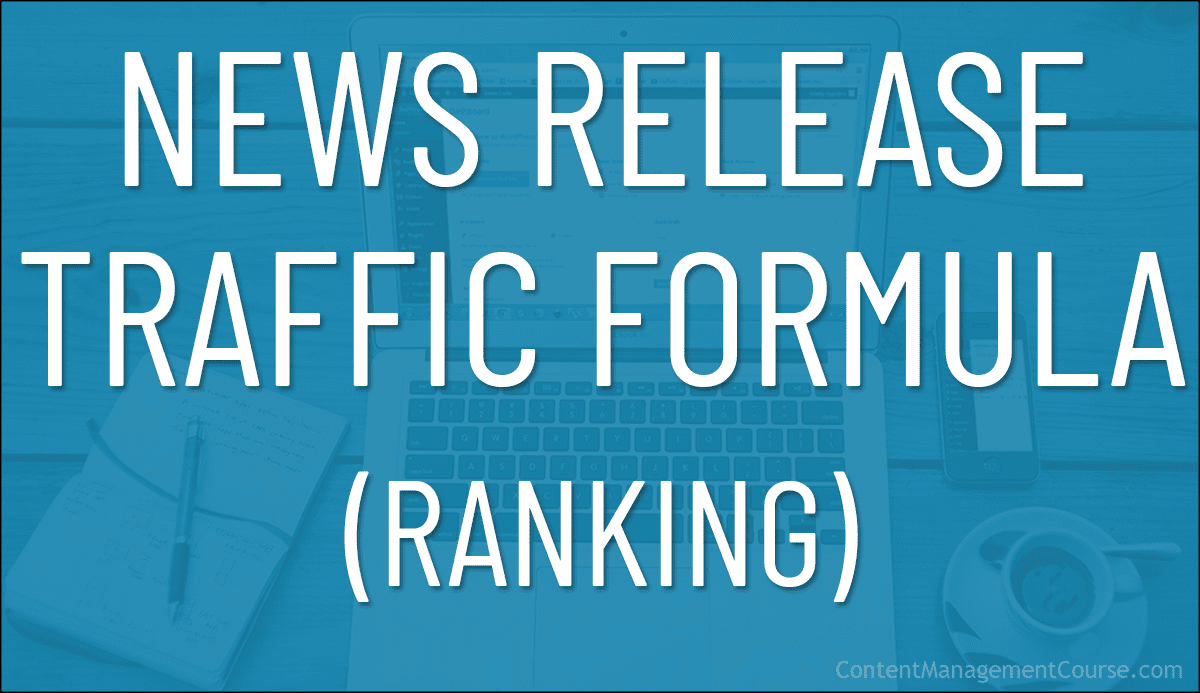
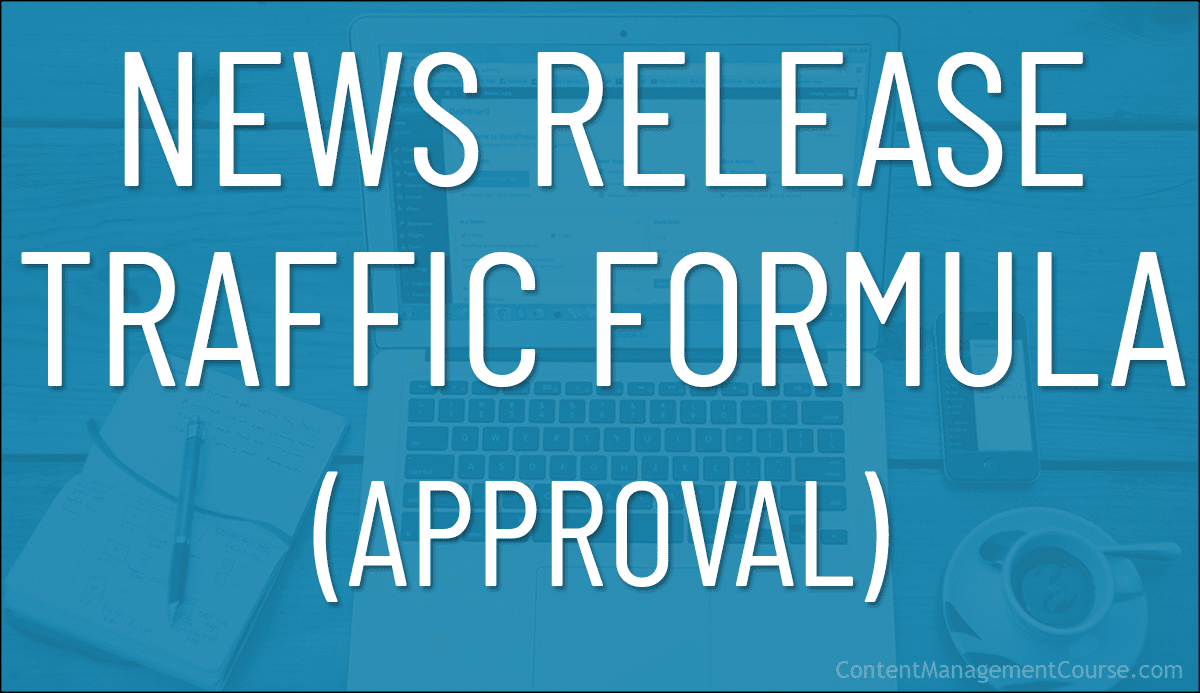












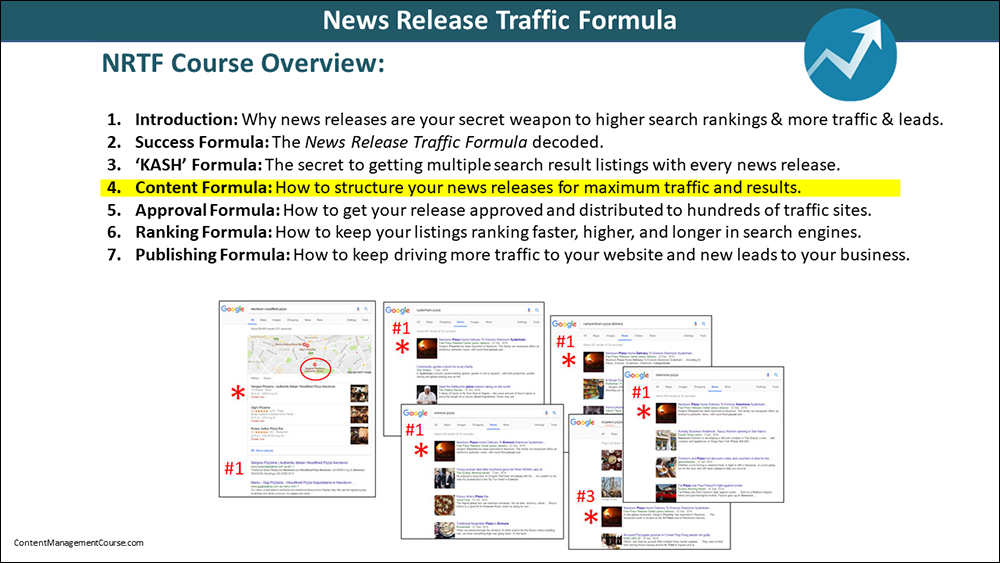







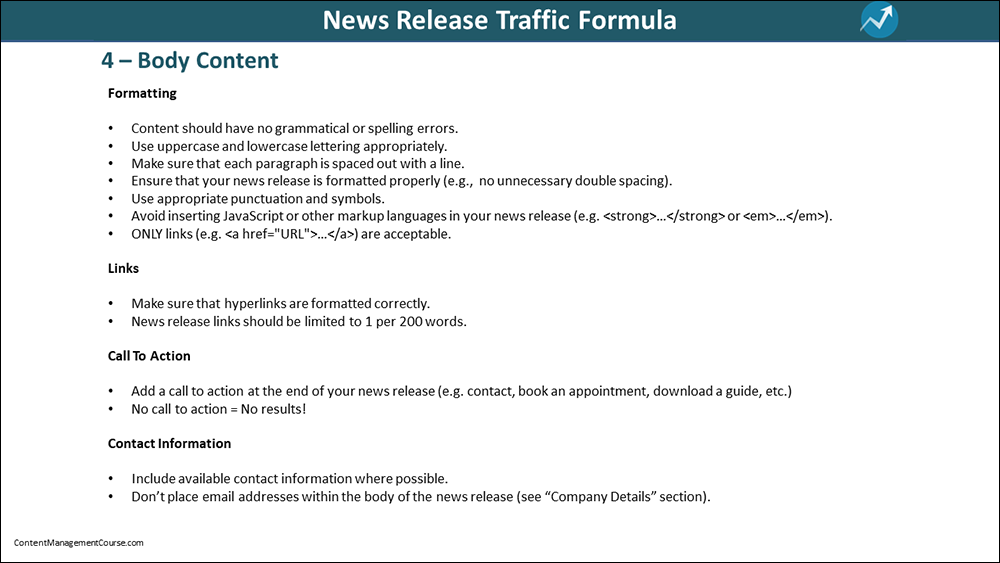



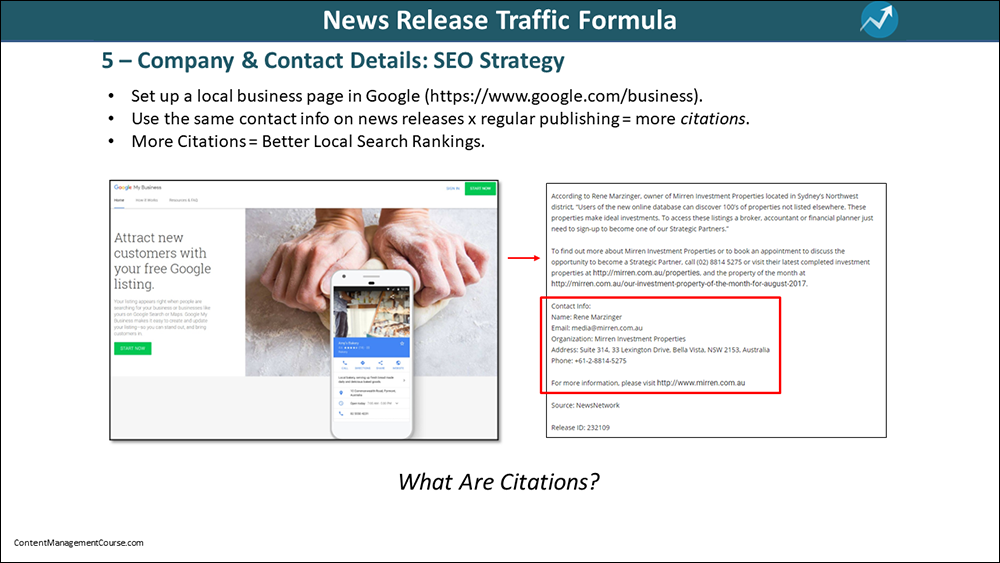







































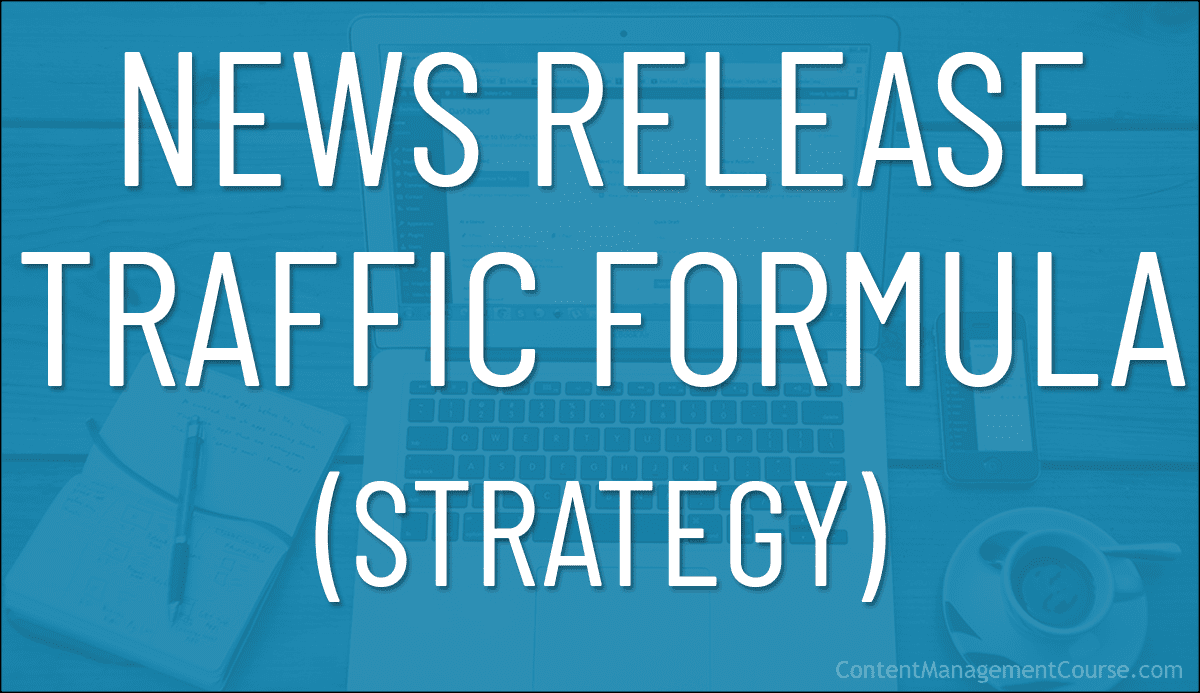





















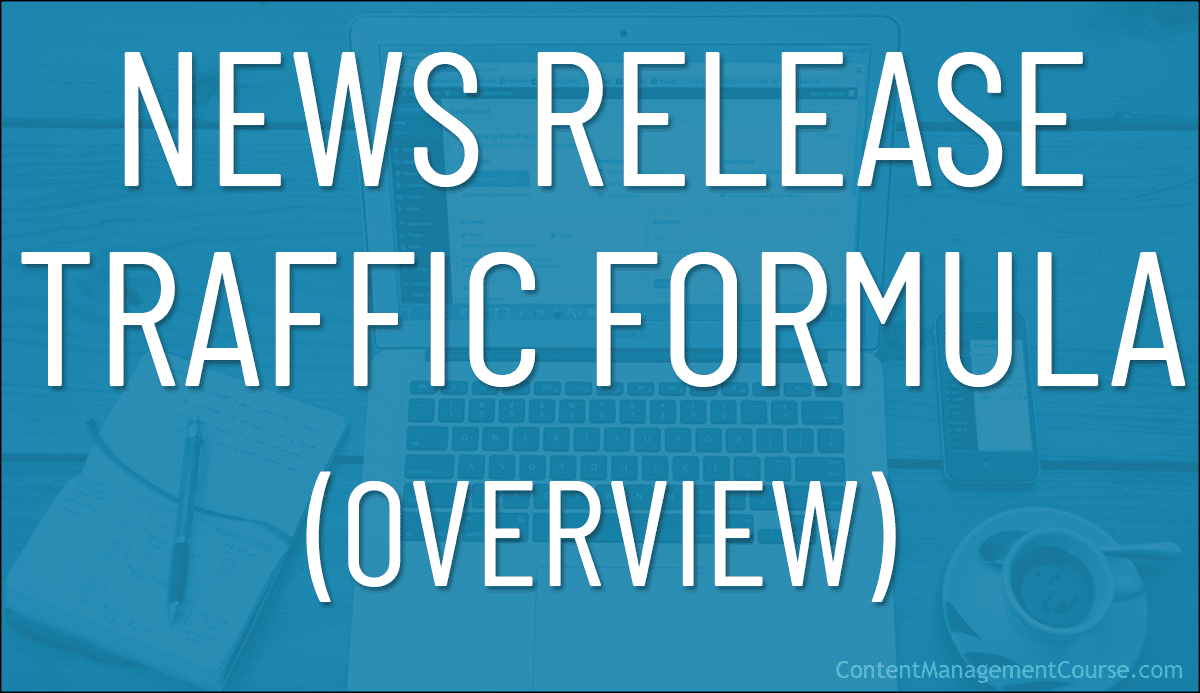






























 This will also improve your listings on Google maps, boost your brand and authority with Google, and help you outrank your competition.
This will also improve your listings on Google maps, boost your brand and authority with Google, and help you outrank your competition.





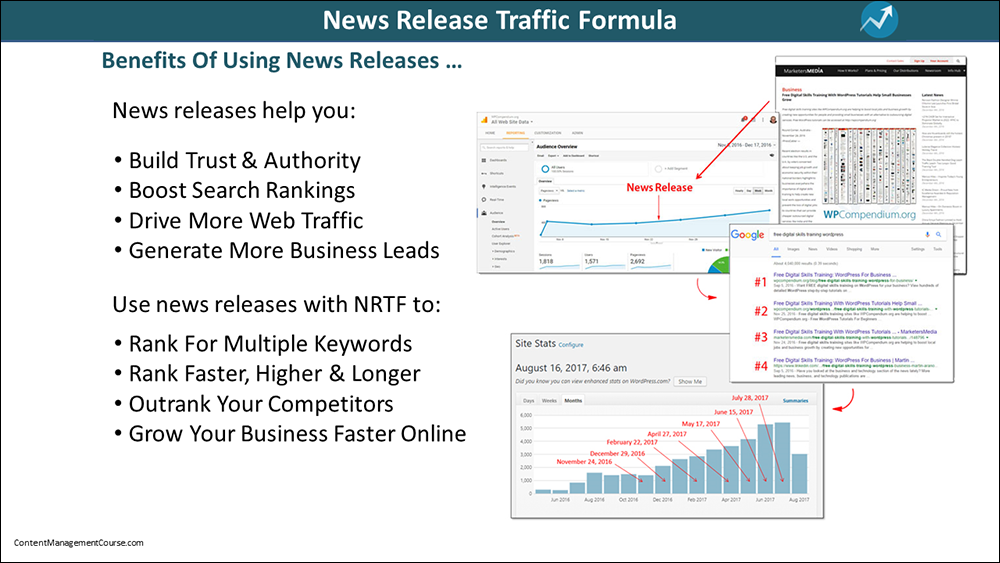















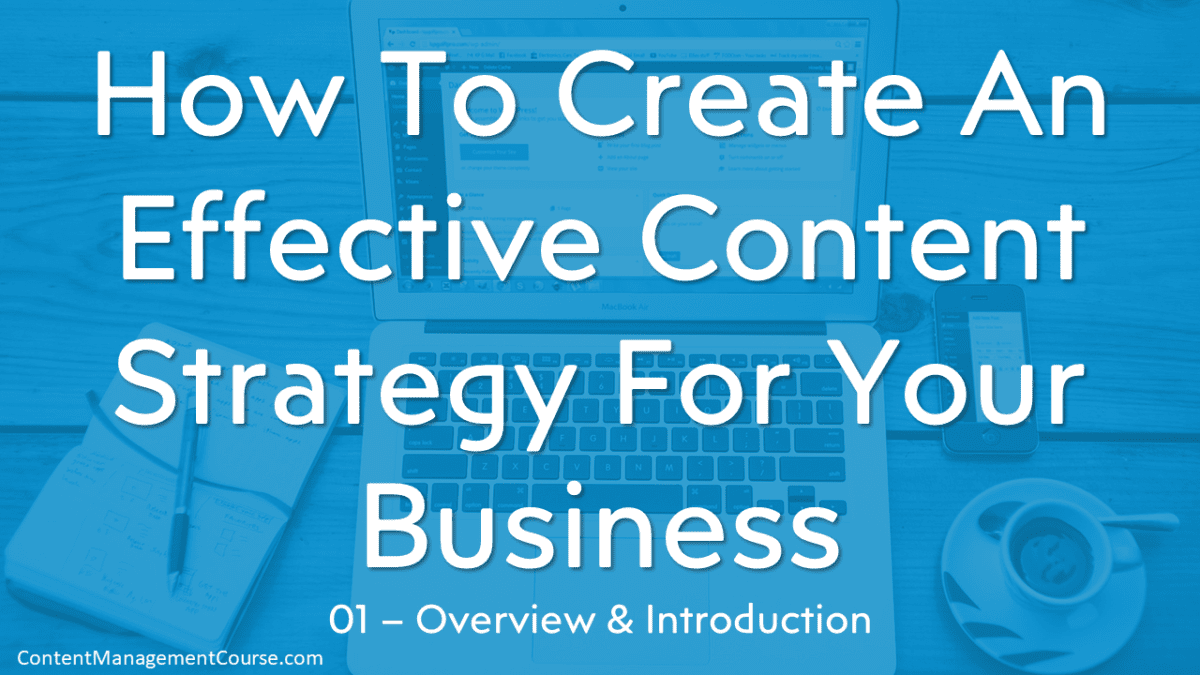
 This is Part 1 of our free
This is Part 1 of our free 






















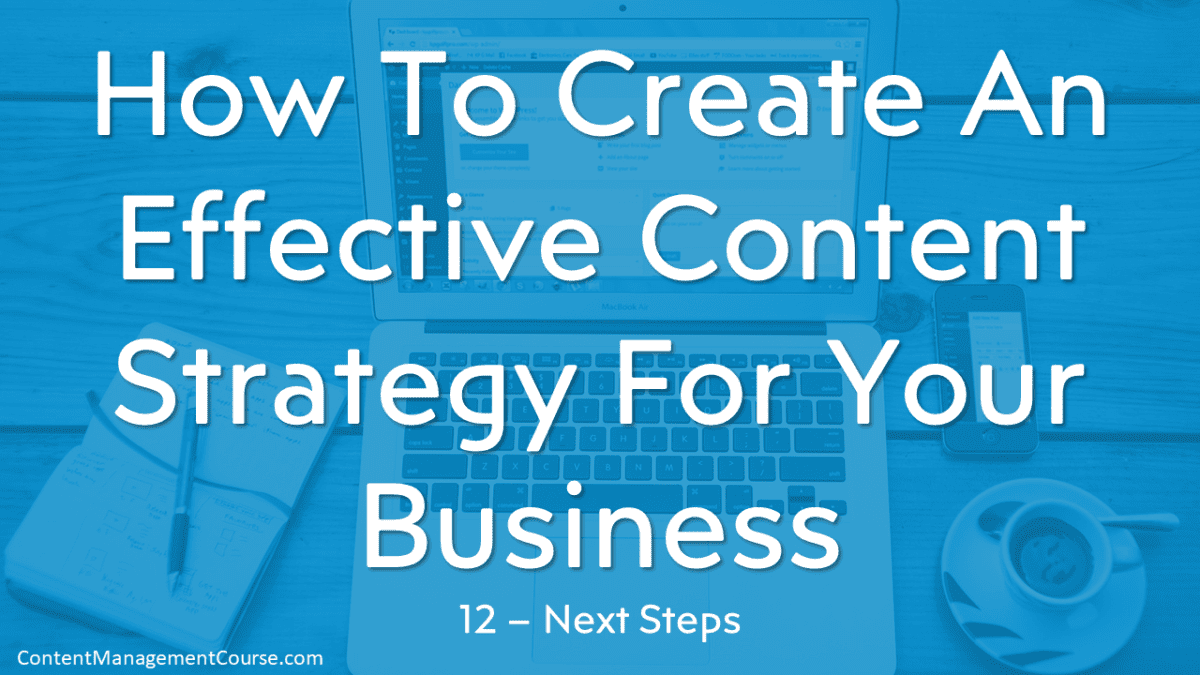













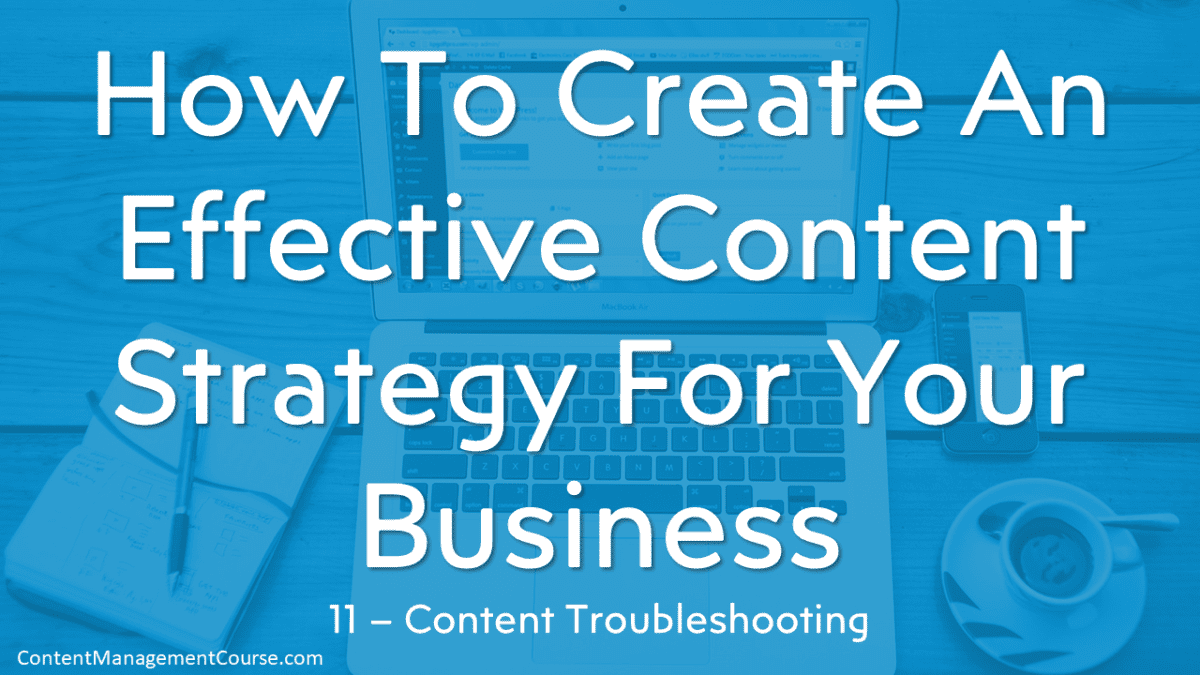






















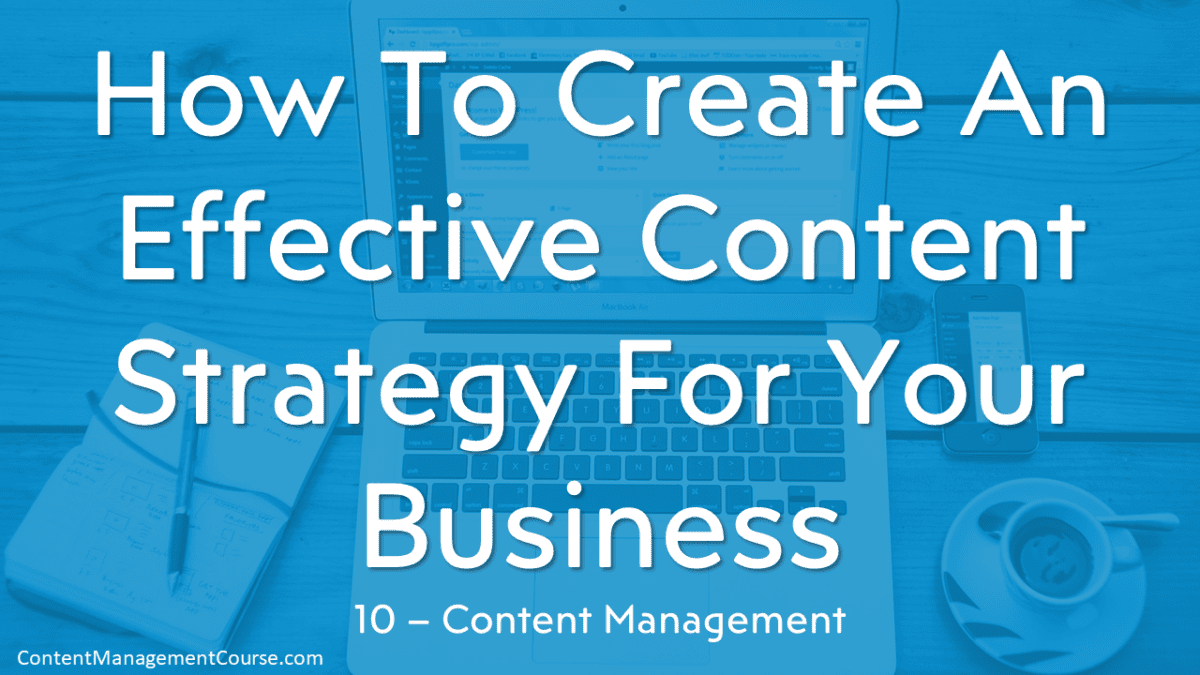
















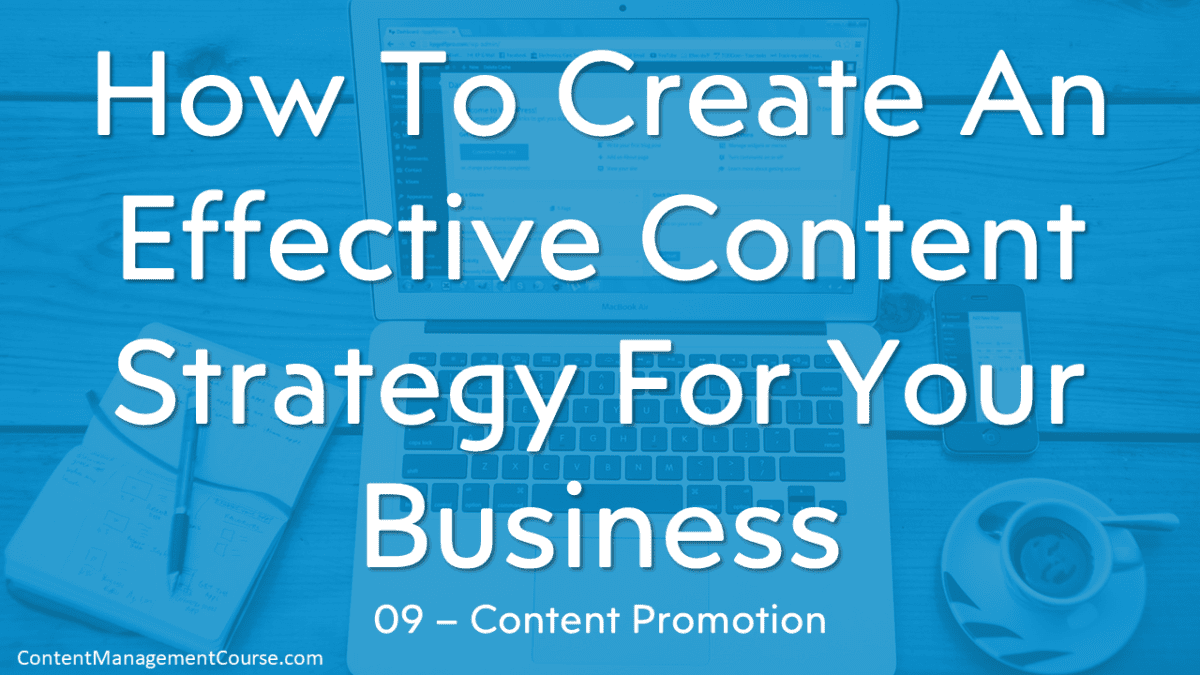











 So that’s all for this lesson.
So that’s all for this lesson.